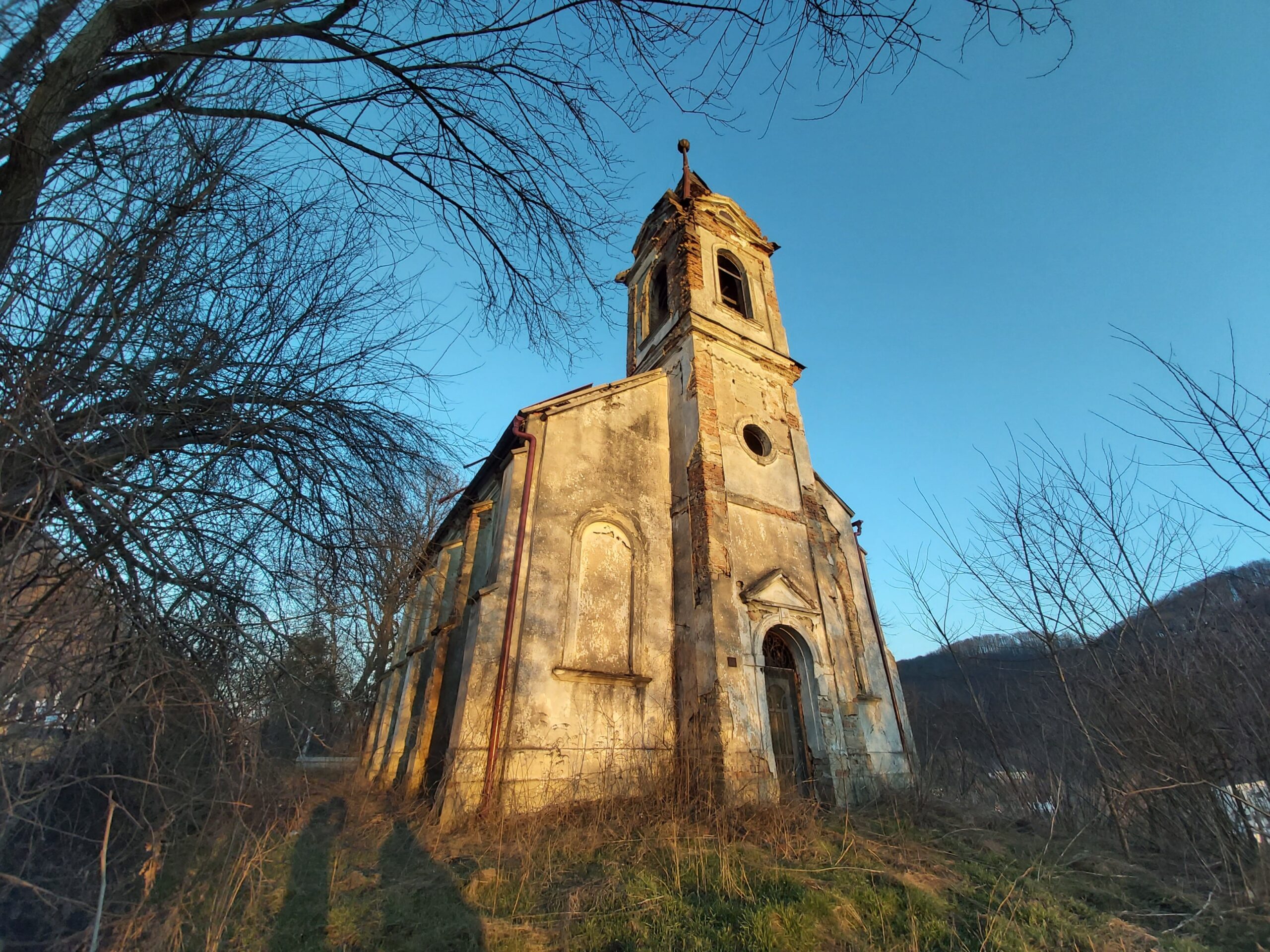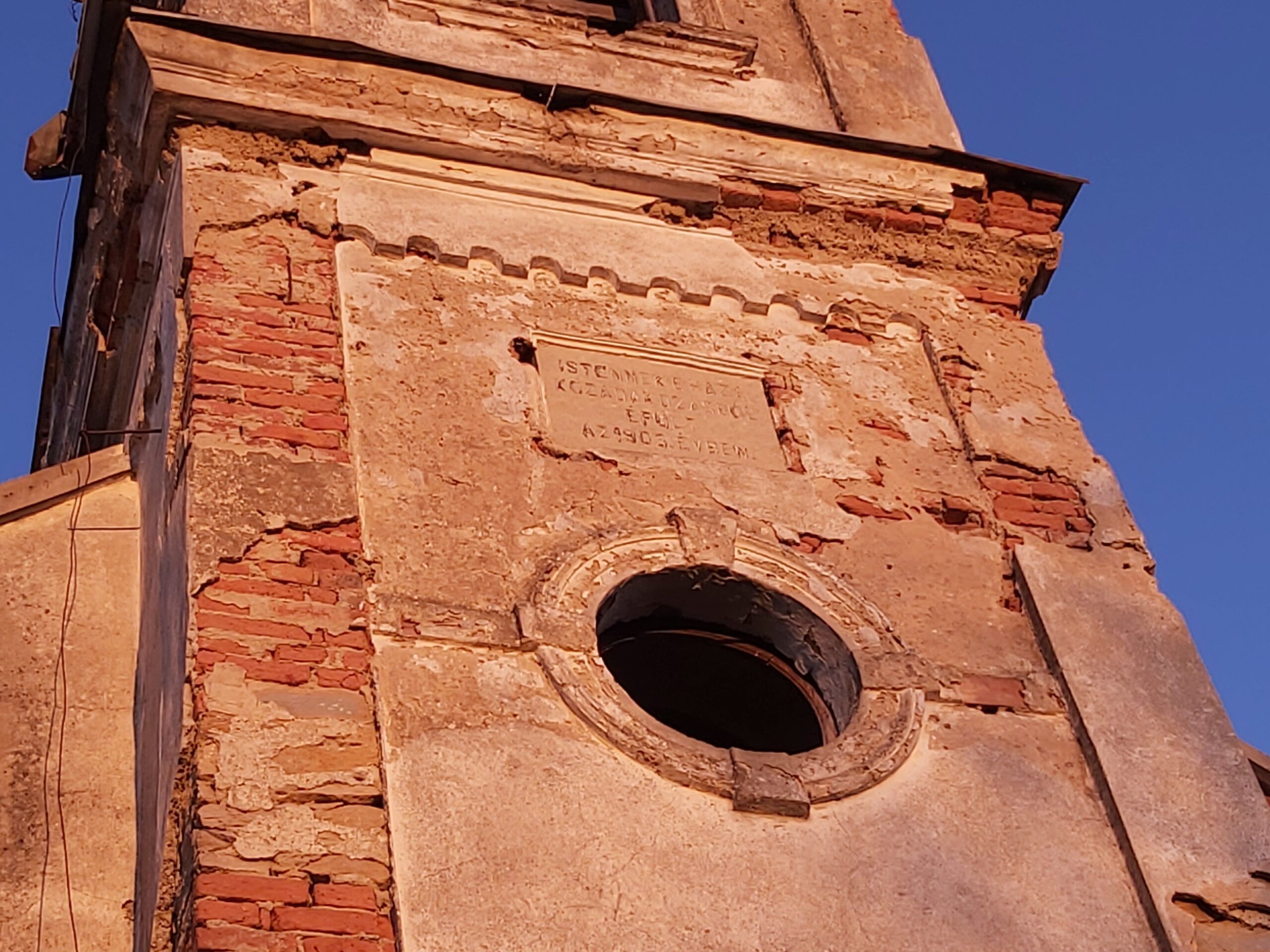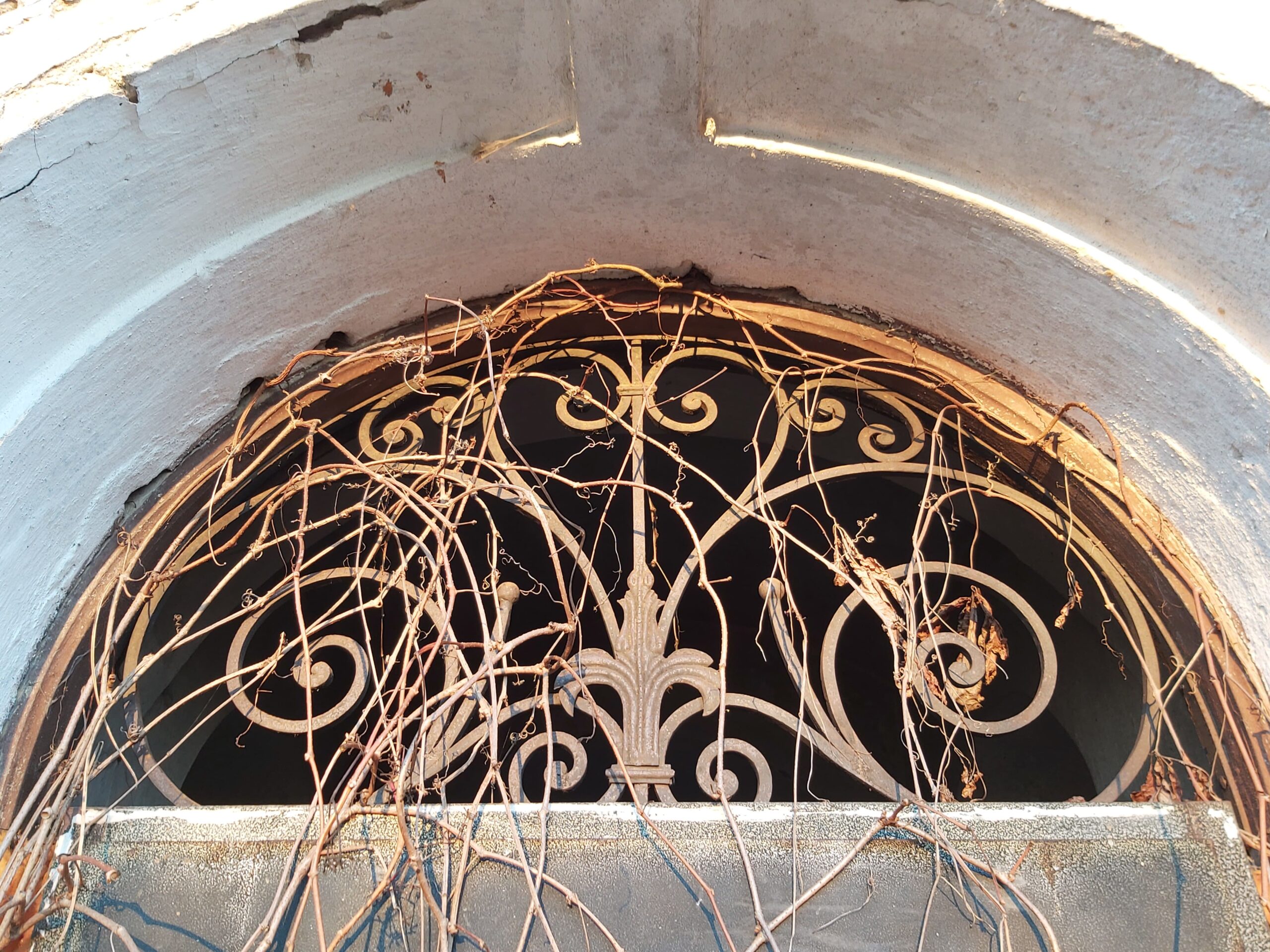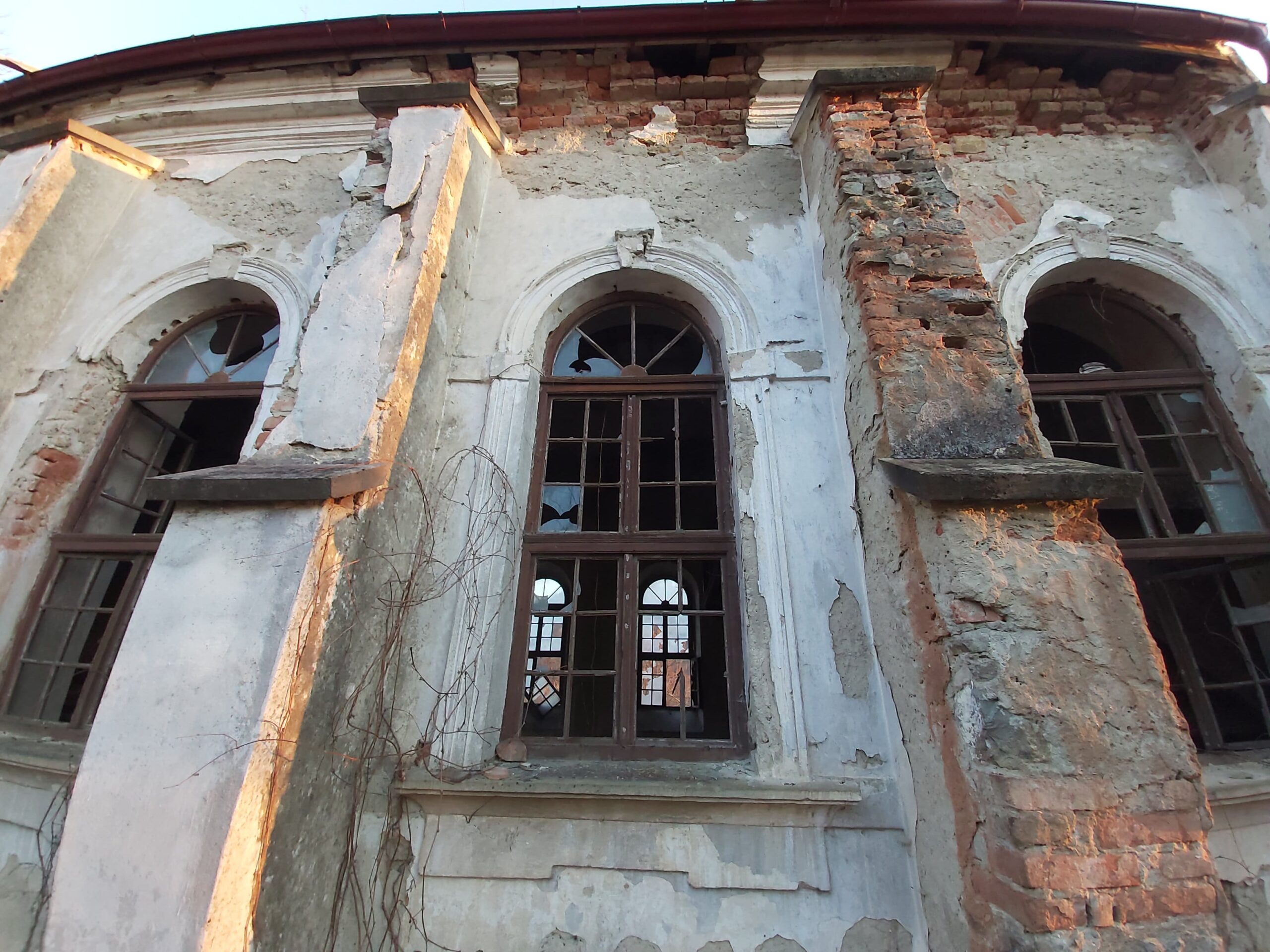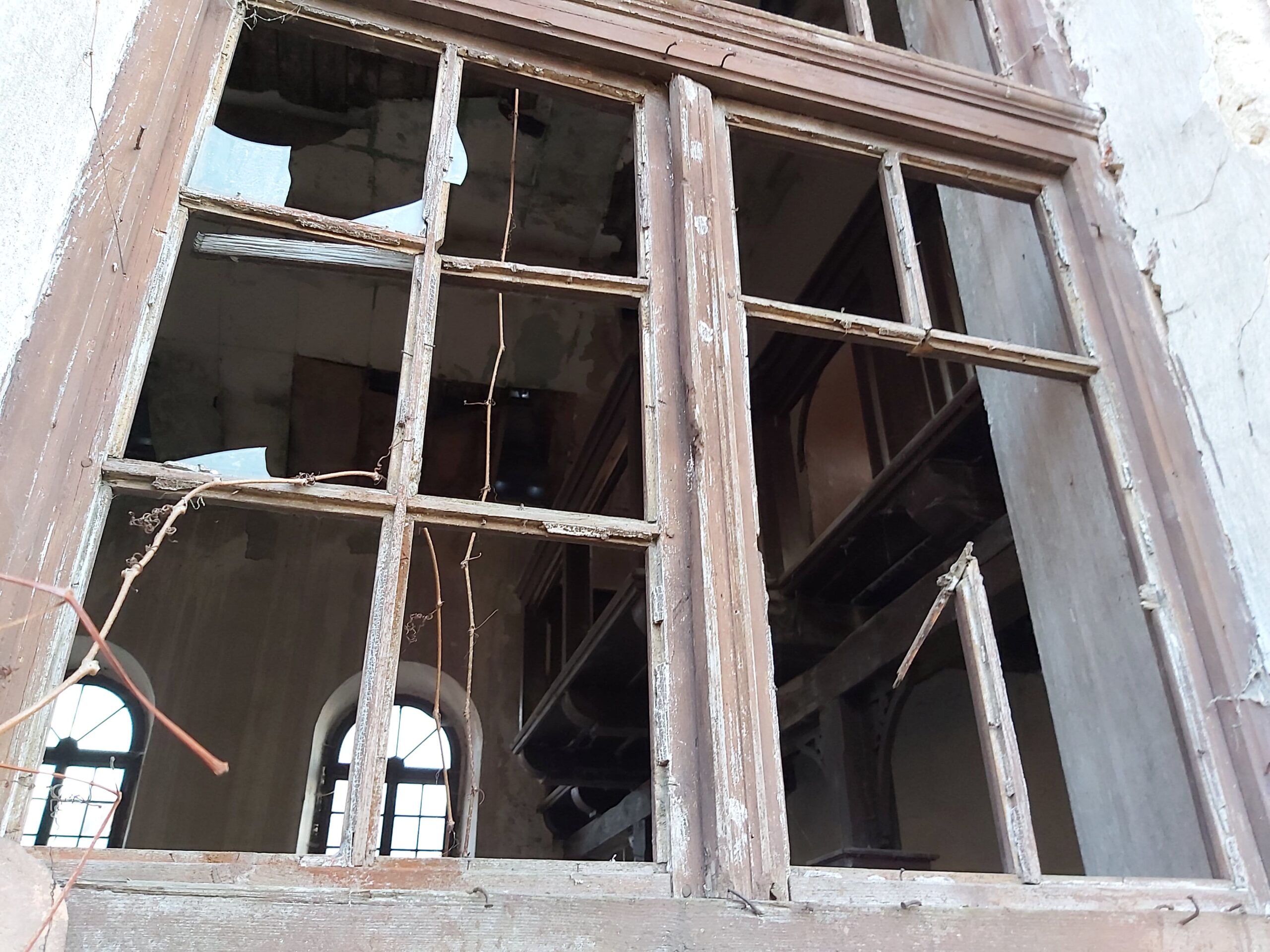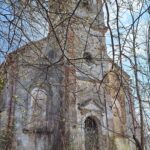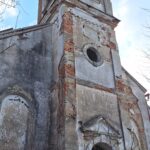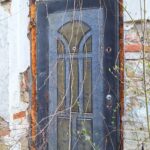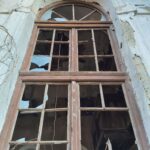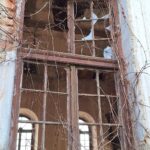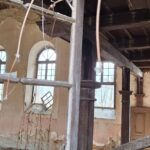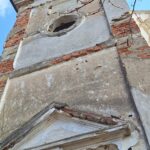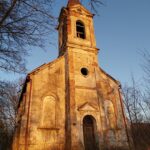The Reformed Church in Ileanda, built with the efforts of parishioners
Although some sources indicate 1890 as the year of construction, it appears that the Reformed Church in Ileanda was completed in 1903 with the help of donations from parishioners, according to the inscription visible on the tower. Built at the foot of Ciuha Hill, the Calvinist church is one of the two representative places of worship for the former Hungarian community in Ileanda. The other one is the Roman Catholic church in the center of the village, built by Italian prisoners of war in 1918, and used today by Greek-Catholic believers. Unlike the latter, the Reformed church is today in an alarming state of decay.
According to the 1910 census, 1167 people lived in the village located about 40 km northwest pf Dej, of which 661 were Romanians, alongside a Hungarian community of 445 souls. By 2002, however, the number of those who declared themselves Hungarian had dropped to 17, and only 6 of them were of Reformed religion, a tiny fragment of what was once the flourishing community founded by Bishop Domokos Szász towards the end of the 19th century. As the latest census (2021) shows that only 6 people were recorded as ethnic Hungarians in all the villages belonging to Ileanda commune, the local disinterest in the fate of the Reformed church seems easy to understand.
The values of the Reformed Church in Ileanda were moved to Cluj-Napoca
After a failed theft attempt, the bell of the Reformed Church in Ileanda, cast in 1905 by Károly Újfalvi’s request, was temporarily moved to Cuzdrioara, Cluj County (2007). A few years later, in October 2013, it was donated to the Reformed College in Cluj-Napoca, the festive hall of the theological high school already hosting the pulpit and a few benches from the church in Ileanda. Meanwhile, even though the communion table has disappeared, the degradation of the church has been slowed by replacing the old ceramic tile roof with modern, burgundy-colored sheet metal, and by installing a metalic apartment door at the entrance. It looks bizarre, completely inappropriate, but at least it stops the imminent destruction.
In 2008, in hopes of obtaining funds for consolidation and restoration from the Sălaj County Council, there was even talk of transforming the Reformed Church in Ileanda into a chapel. As this idea did not materialize, the most recent General Urban Plan of Ileanda Commune suggested the creation of a protection zone that would include the land of the church and the surrounding cemetery. It was also proposed to include the abandoned building on the list of historical monuments as a measure to save the immovable cultural heritage, alongside the Miller’s House in Răstoci and the wooden church in Măleni.
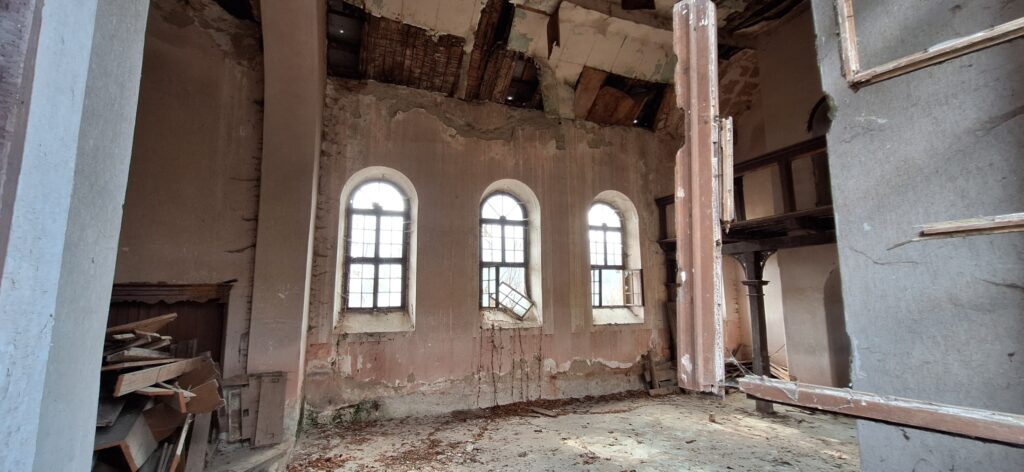
In a commune where, among other attractions, there are the ruins of a Roman tower, without any signs and access routes, but also the unexploited 1814 Famine obelisk, the excuse that there are no more Hungarians to save the Reformed Church does not seem reasonable. Rather, the poor care of existing cultural monuments and their weak promotion deprive Ileanda of the possibility of attracting tourists, removing this area from Sălaj County’s tourist map.

